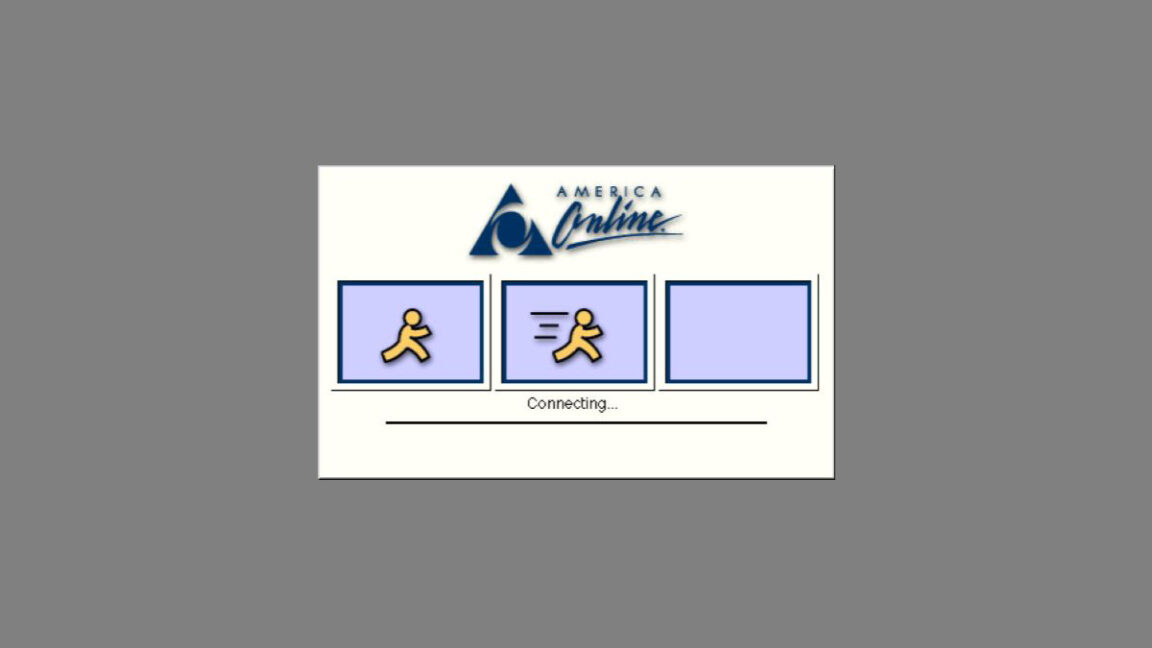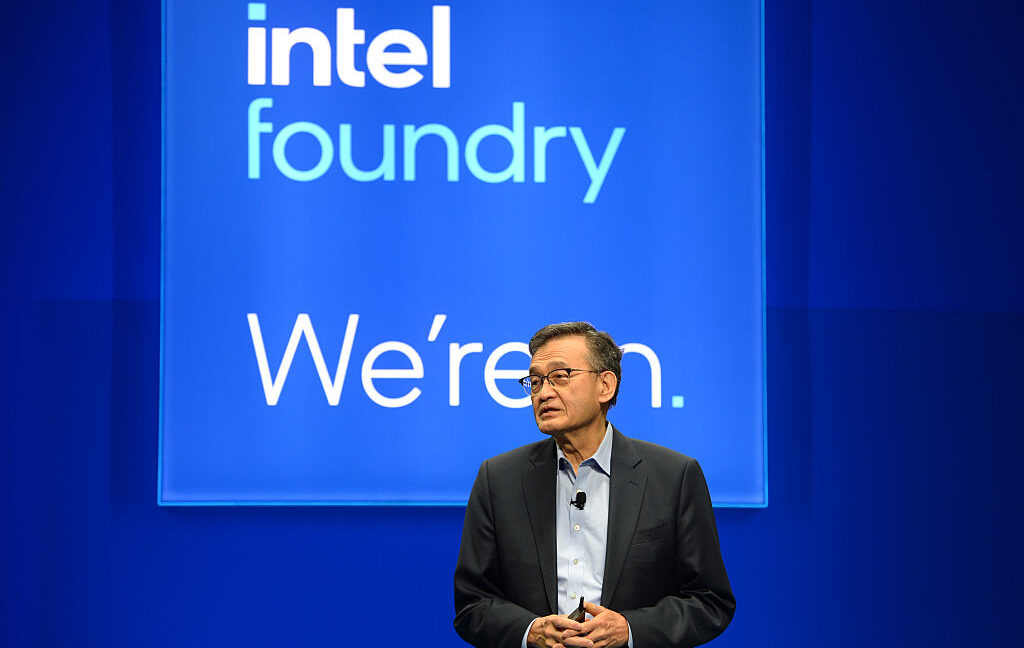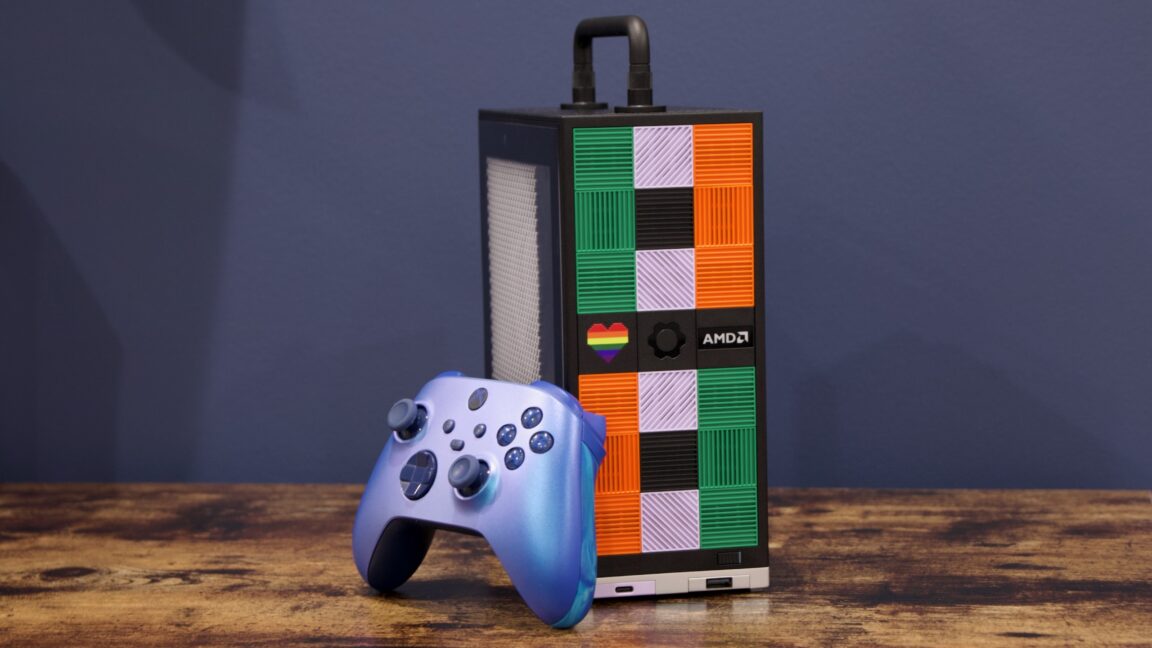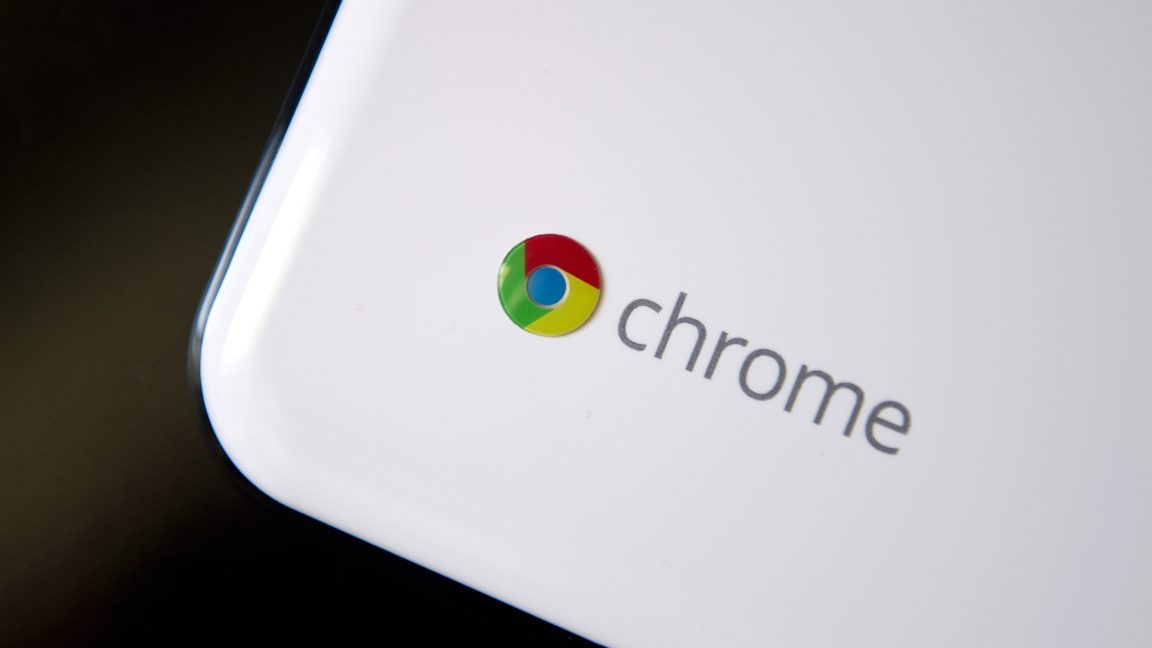AOL Dial-Up Internet Service Finally Shutting Down: The End of an Era

After decades of facilitating online connections for Americans through telephone lines, AOL has announced the closure of its dial-up modem service by September 30, 2025. This marks the end of a significant chapter in the history of internet access, a technology that was a primary portal to the online world for many in the 1990s and early 2000s.
AOL revealed this decision through a message to its customers. "AOL routinely evaluates its products and services and has decided to discontinue its Dial-up Internet," it mentioned. Alongside this, the company will also be retiring its AOL Dialer software and the AOL Shield browser.
Launched in 1991 as "America Online," AOL's dial-up service evolved from the roots laid by Quantum Link in 1985. It wasn't until 1994 that AOL users could truly access the World Wide Web, enabling browsing, newsgroups, and services like Gopher.
As broadband technology grew, AOL saw its subscriber numbers peak at 25 million in the early 2000s before the rapid expansion of faster connections led to a decline in dial-up users.
Despite technological advancements, approximately 175,000 American households still use dial-up, primarily in rural areas without adequate broadband infrastructure. These communities face limited options, with satellite internet providing an alternative, albeit with its own challenges like data caps and high latency.
The continued reliance on dial-up highlights the digital divide in the US, where urban areas enjoy gigabit fiber connections while rural regions lag behind. This divide underscores the significant speed differences, with dial-up at 0.056 Mbps compared to modern fiber's 500 Mbps.
The AOL dial-up era was characterized by distinctive modems that converted data to audio signals over phone lines. This process was notorious for conflicts, as internet usage obstructed phone lines. However, AOL simplified access by providing a comprehensive software package, includes installation discs for easy connection.
AOL Instant Messenger and its renowned "You've Got Mail" voice notification left cultural imprints, introducing many to digital communication. Despite financial and technical hurdles, AOL dial-up impacted how people accessed online content.
Although AOL's dial-up service will end, similar services from providers like NetZero and Dialup 4 Less continue in niche markets. The legacy of dial-up, mainly as a backup or for specific tasks, persists even as broadband takes precedence.
With the shutdown impending, users dependent on AOL's dial-up must seek alternative internet solutions, emphasizing the ongoing challenge of bridging the digital gap. Some might shift to satellite or cellular options, while others may risk losing connectivity.



